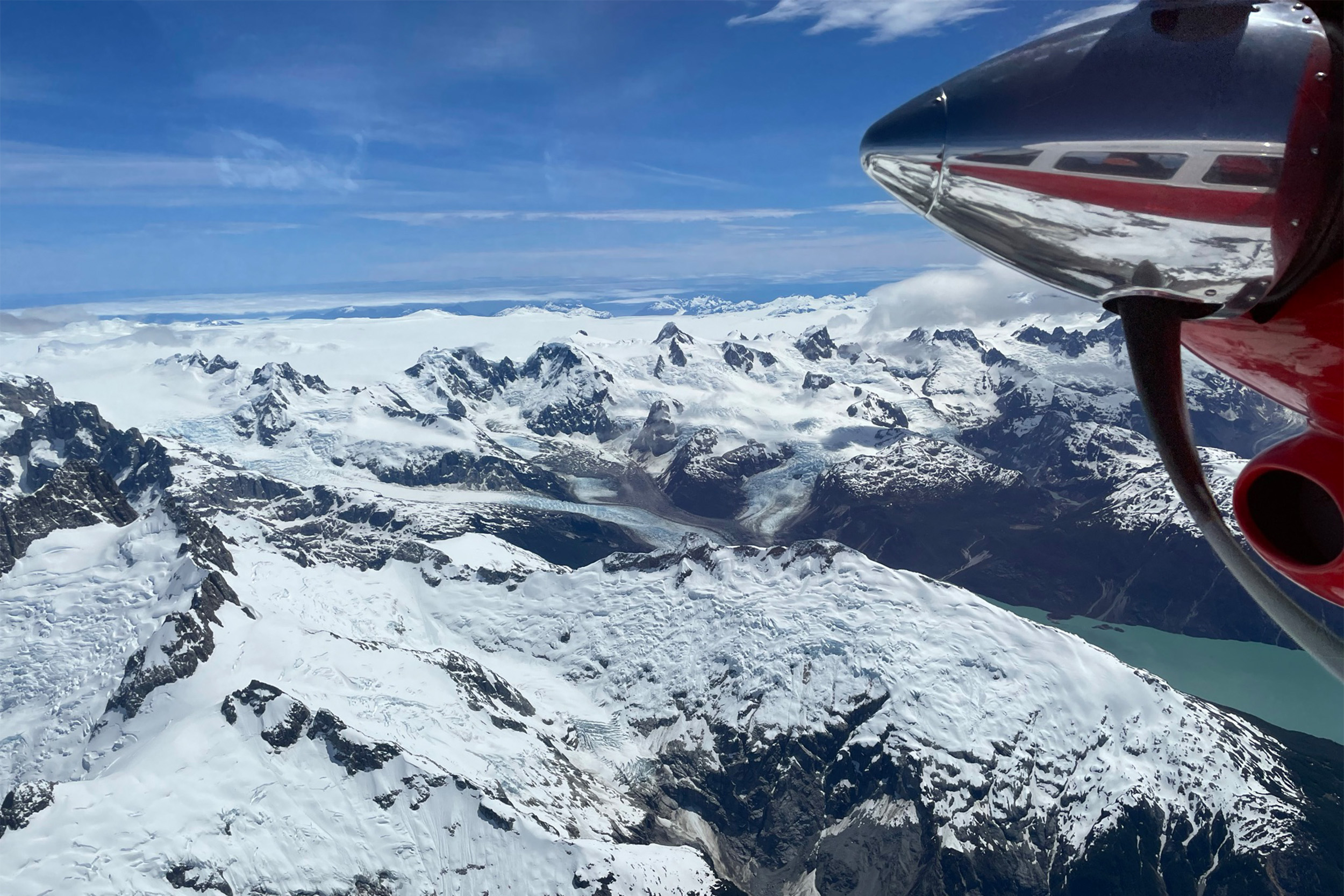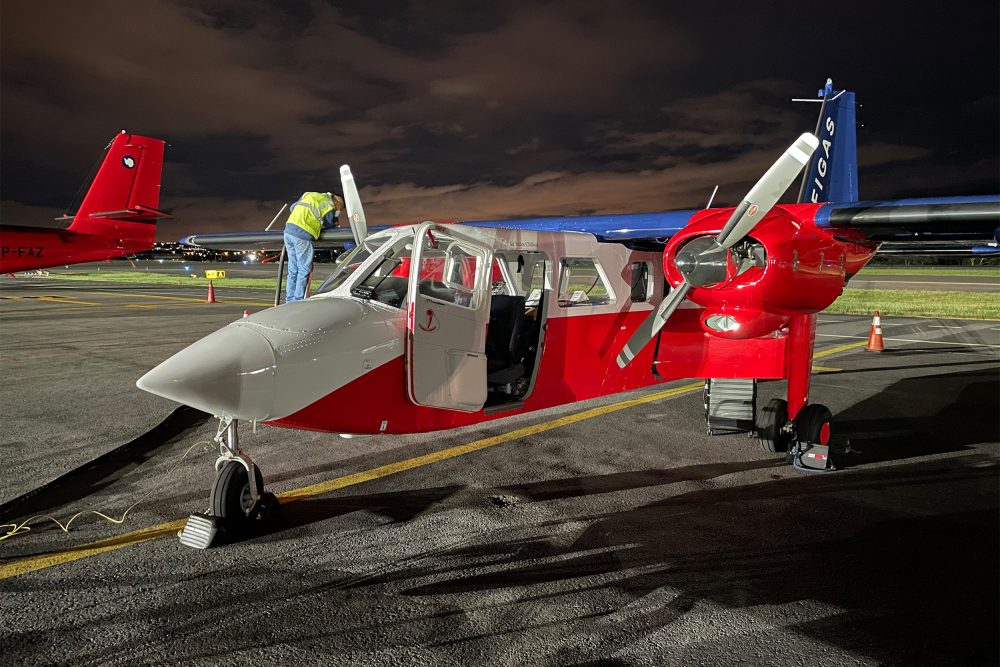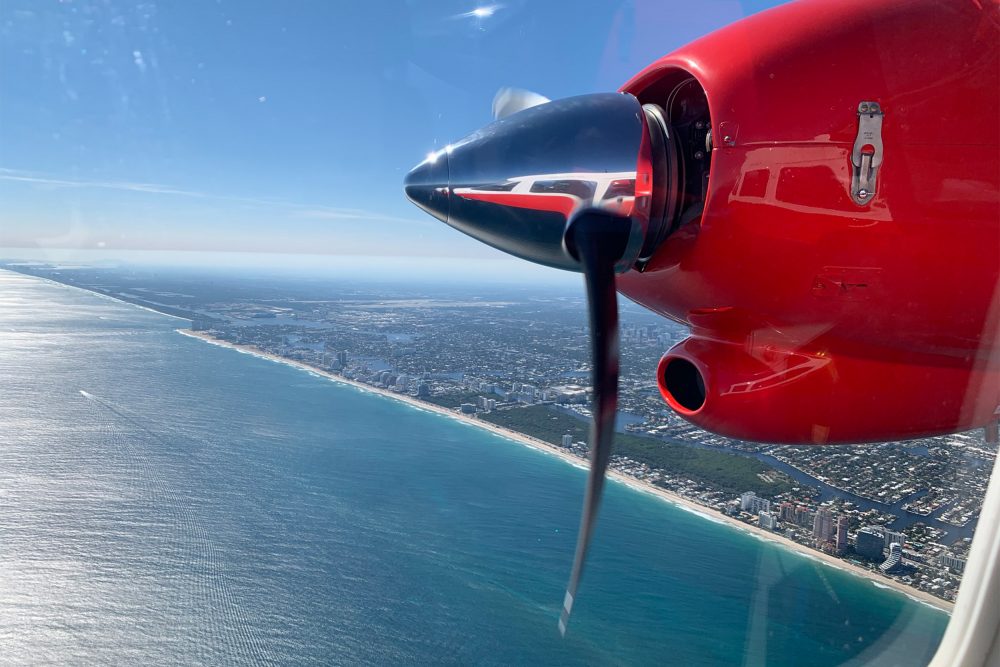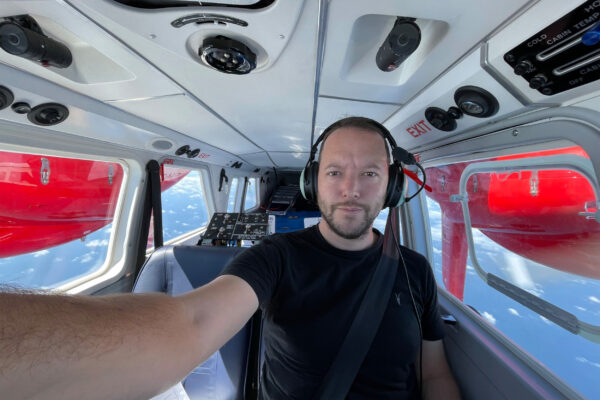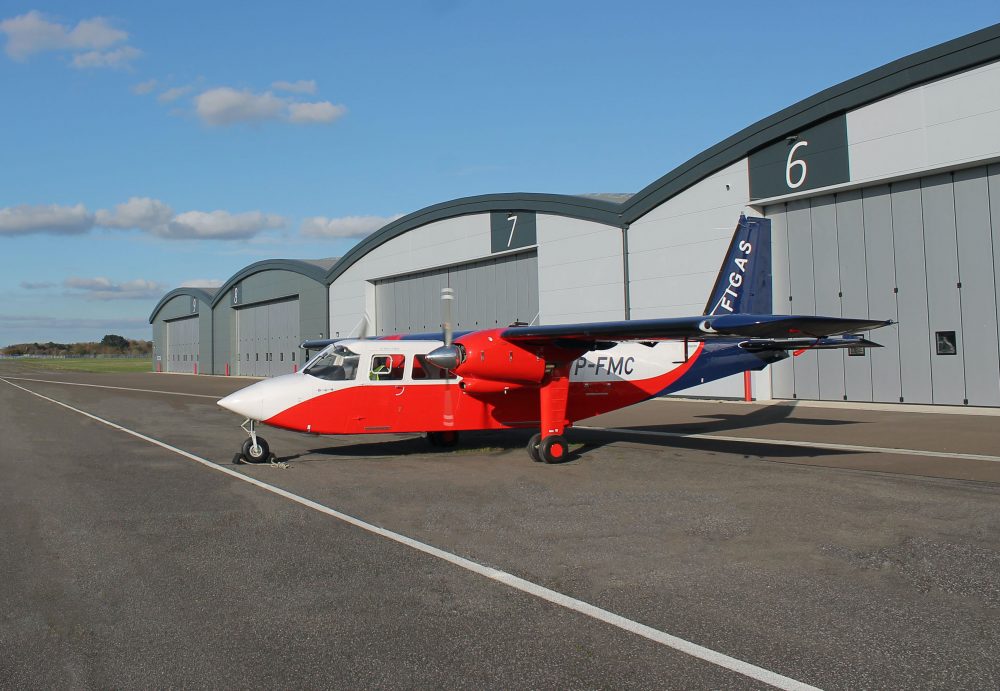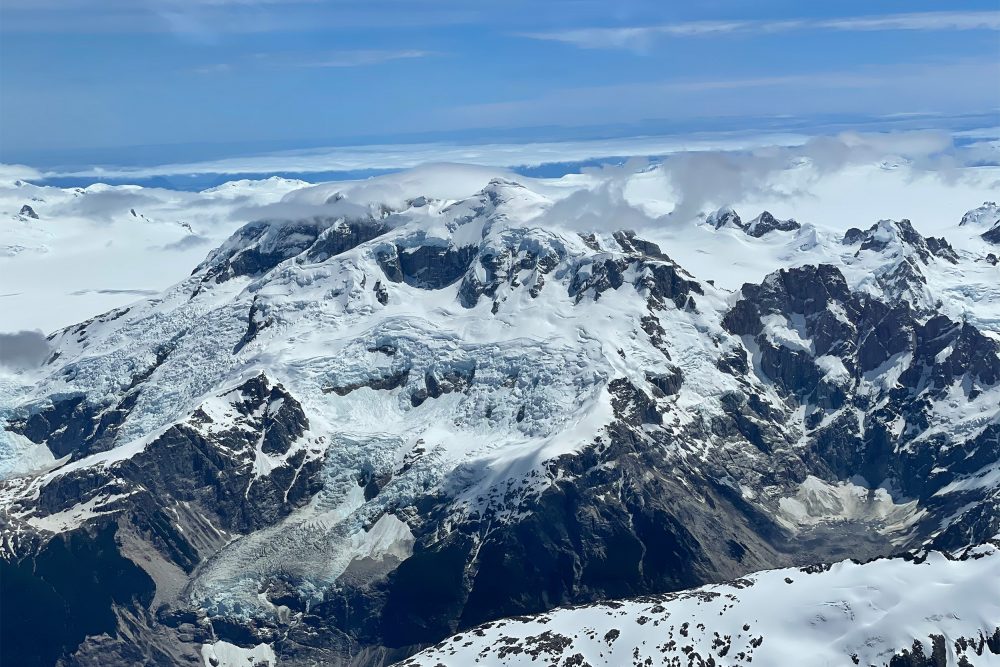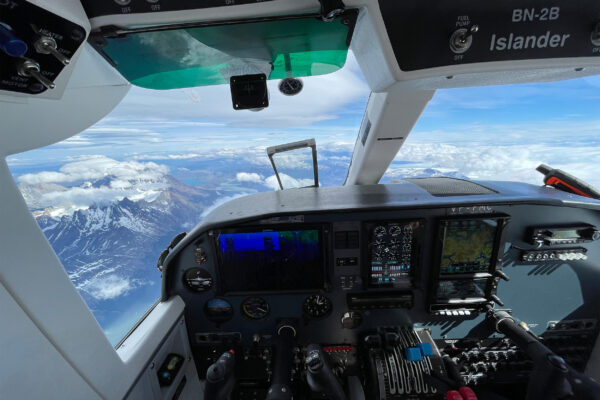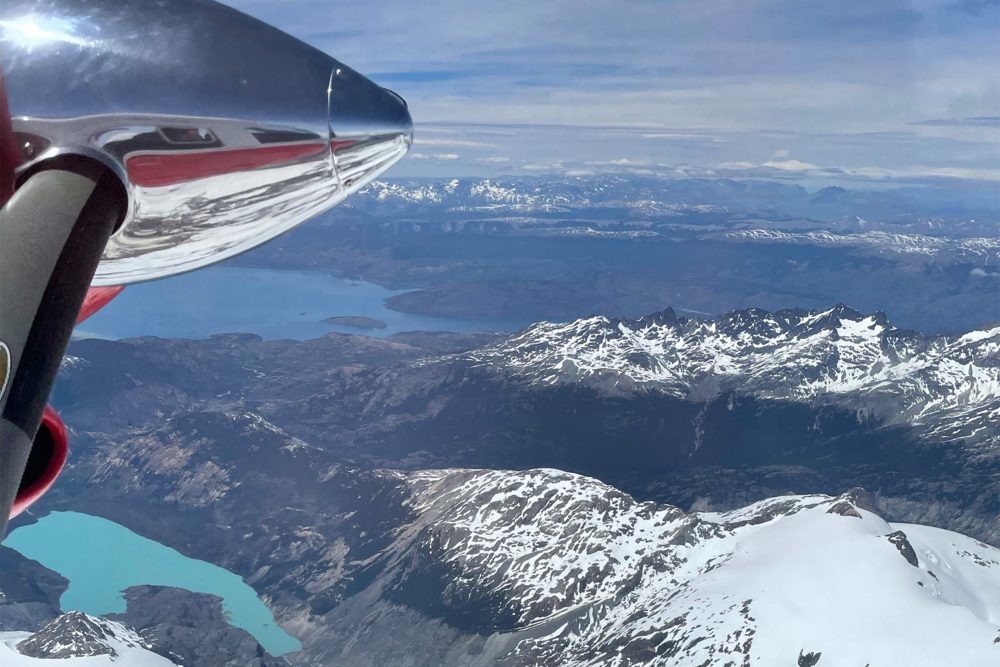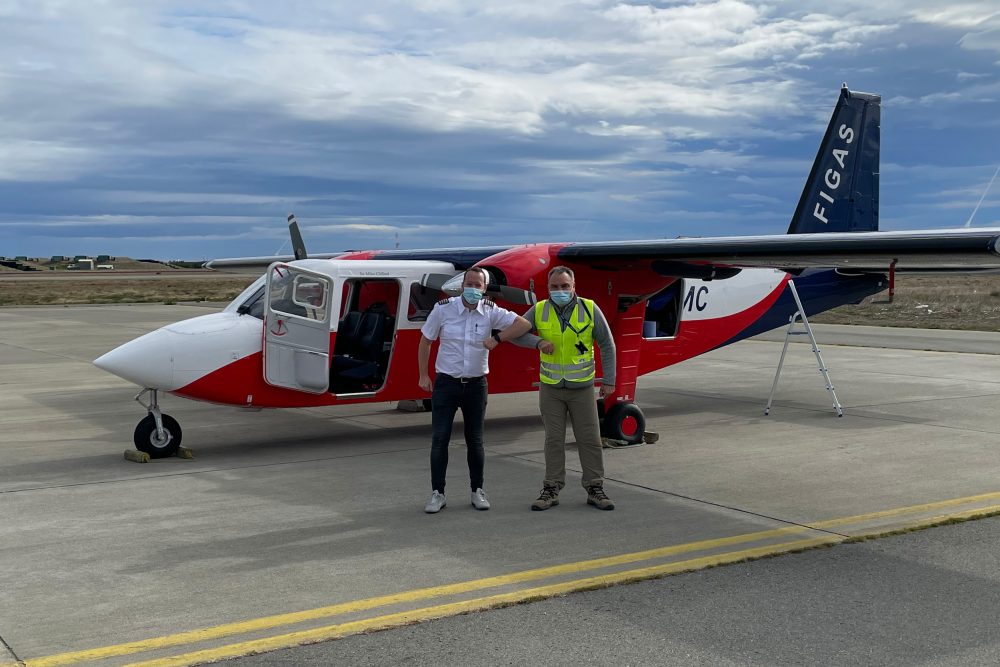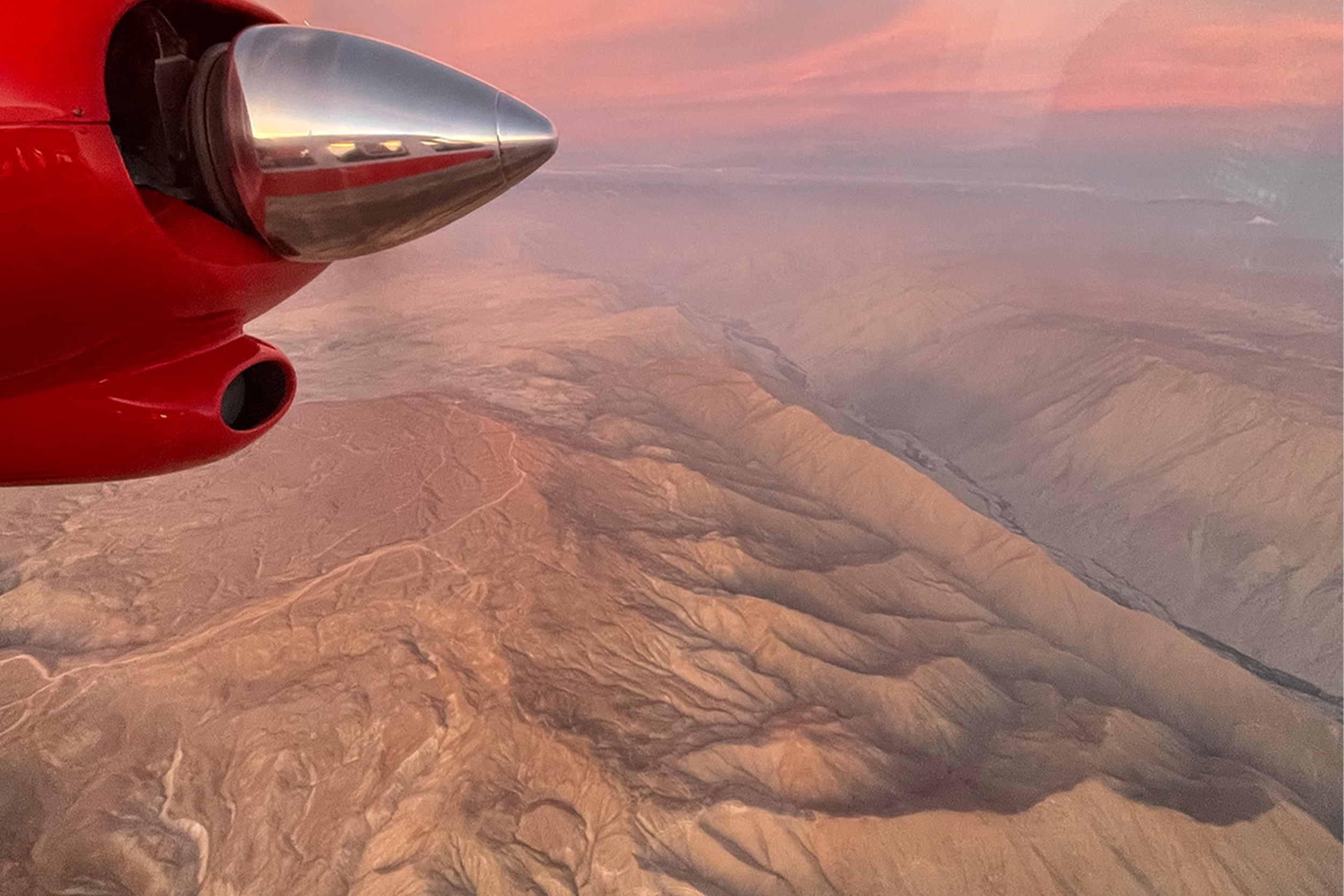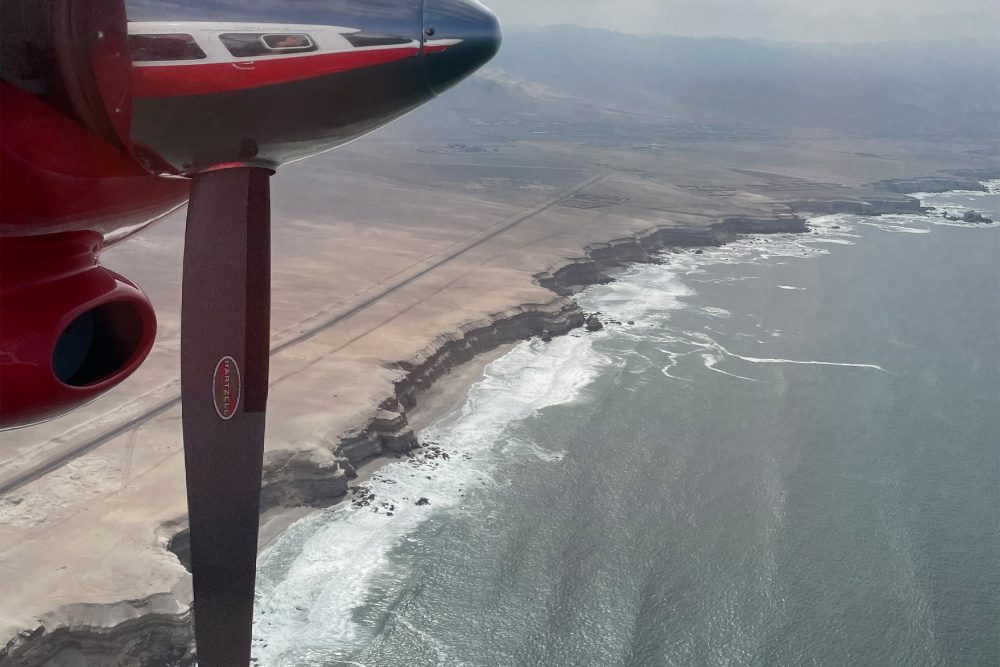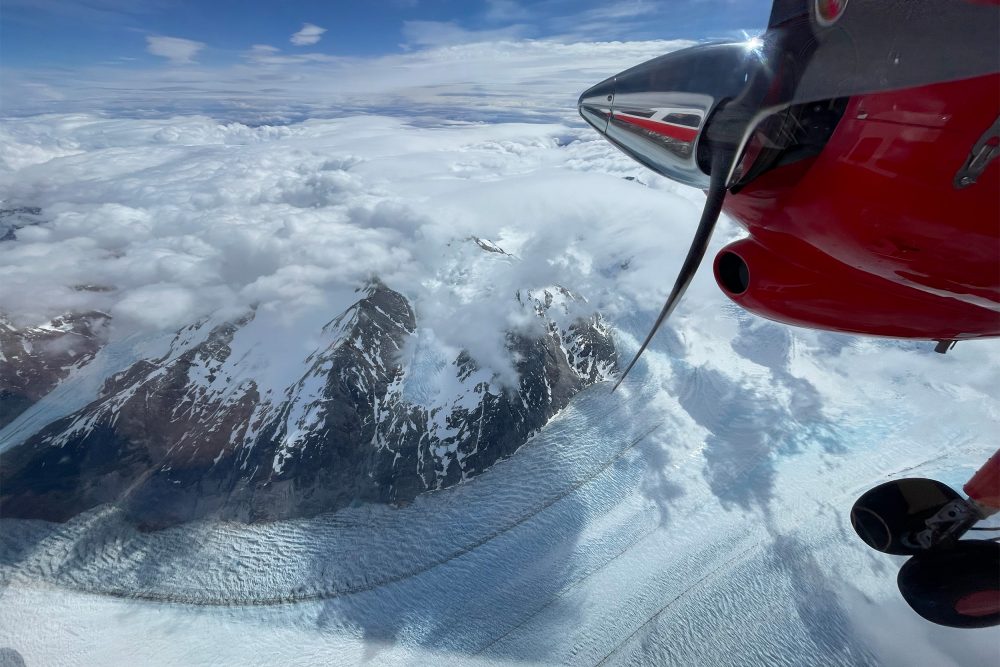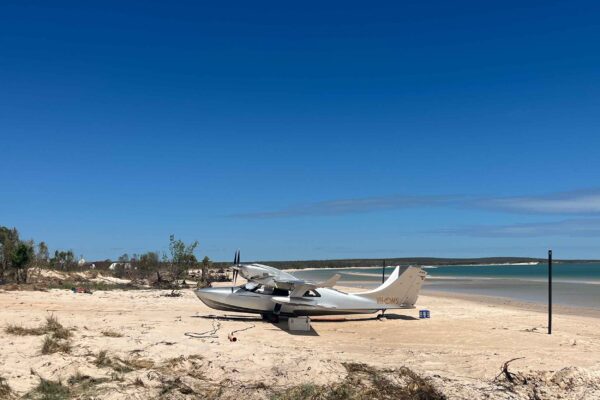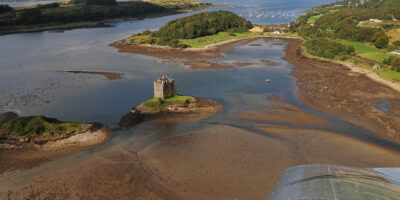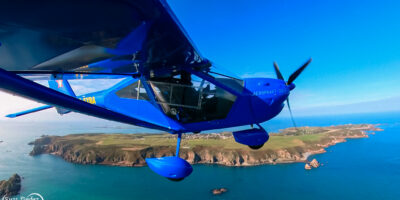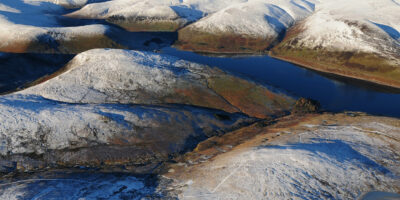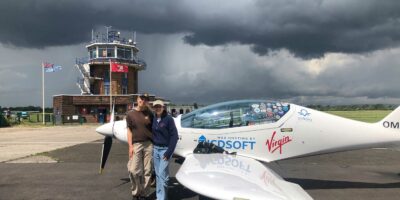Flying from Toronto to meet the aircraft, I remember turning and looking out of the window, captivated by the thick white carpet of snow below. All I could think was, ‘I hope that this aircraft has de-ice capabilities’! I was relieved once I saw the aircraft, and discovered that it was equipped with absolutely every possible option I have ever seen on an Islander, including full de-ice capabilities!
I left snowy Montreal around 0700 on the 23 November 2020, heading straight for Bangor, Maine. Flying out of Montreal there was an incredibly strong head wind. The treacherous conditions continued all the way down towards New England. The windspeed remained fairly constant but thunderstorms began to rattle their way through the air. Fortunately, once I had passed Baltimore glorious smooth skies emerged, increasing the visibility and making for idyllic flying all the way down to Daytona.
During the initial part of the journey to Daytona there were lots of planning changes. Originally, the 50-hour check was going to take place by specialist FIGAS engineers in Fort Lauderdale. However, Covid-19 once again acted as a disrupter and restrictions, combined with the closure of ESTA, meant the engineers were unable to board their flight. Fortunately, the team arranged for the check to take place in Daytona, so that was where I headed. Overall, Montreal to Daytona was a long, but brilliant, flying day totalling 17 hours – and the day showed the capabilities of the Islander in a variety of conditions.


